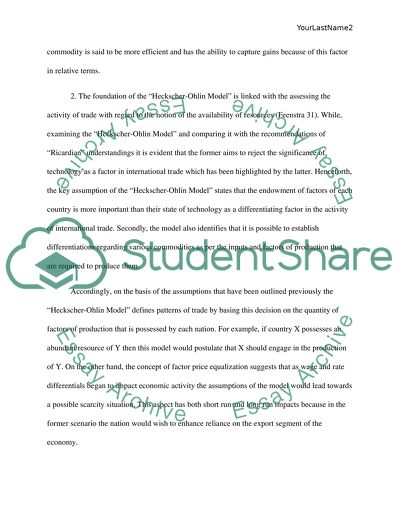Cite this document
(Ricardian Model of International Trade Assignment, n.d.)
Ricardian Model of International Trade Assignment. Retrieved from https://studentshare.org/macro-microeconomics/1654240-international-economics-trade-theory-and-policy
Ricardian Model of International Trade Assignment. Retrieved from https://studentshare.org/macro-microeconomics/1654240-international-economics-trade-theory-and-policy
(Ricardian Model of International Trade Assignment)
Ricardian Model of International Trade Assignment. https://studentshare.org/macro-microeconomics/1654240-international-economics-trade-theory-and-policy.
Ricardian Model of International Trade Assignment. https://studentshare.org/macro-microeconomics/1654240-international-economics-trade-theory-and-policy.
“Ricardian Model of International Trade Assignment”, n.d. https://studentshare.org/macro-microeconomics/1654240-international-economics-trade-theory-and-policy.


